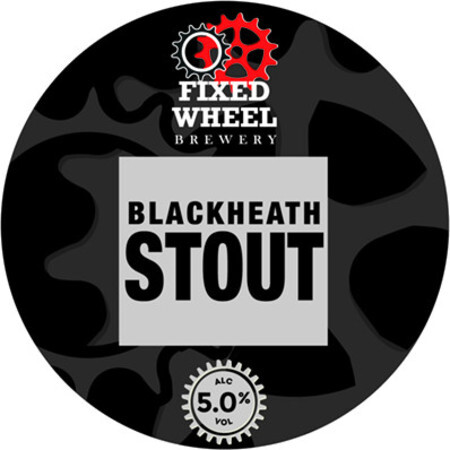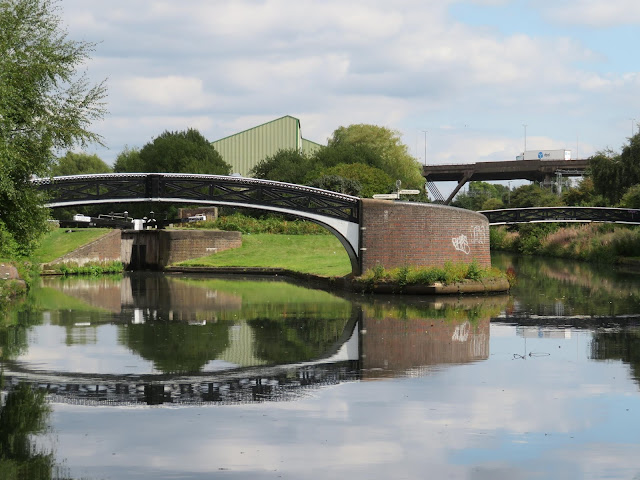Still in Birmingham the next day we decided to have a walk around the Jewelry Quarter that is not to far of a walk and always rewarding as we wanted to visit the pen nib museum.


On the way to the Jewelry Quarter we walked down the Farmers Bridge Locks and down Newhall Street where these luscious tiles adorn the Queens Arms. It was early so not open. It has just been bought out so will be in for a make over. I hope they add to the beer, and take nothing from the old decorations.
Also on Newhall Street is the Assay Office. Precious metal has been hallmarked since 1300's. It was a big extra cost to send everything down to London to be stamped so in 1773 Mathew Boulton the Birmingham industrialist went to London to lobby for an assay office in Birmingham. He stayed at the Crown and Anchor and apparently he chose the anchor as the city's assay mark from that despite being miles from the sea! This building dates from 1877.
St Paul's in St. Paul's Square, the only remaining Georgian Square in Birmingham, was erected in 1777 and Mathew Boulton and James Watt had pews here. It is Grade 1 listed. The tower and spire were added by 1823.
A beuatiful Jewelry Quarter small factory/workshop that is ripe for development in this up and coming area.
Beautiful old Georgian Houses sandwiched between old factories.
Always pays to look and up to see such lovely coloured brick work.
The Joseph Chamberlain Clock is now the symbol of the Jewelry Quarter and was erected following his visit to South Africa after the Boer War in 1903, during his lifetime. Chamberlain was a leading manufacturer of screws before gtaking to politics in Birmingham, becoming Mayor and then nationally becoming one of the leading politicians of the day (he died in 1914) and Leader of the Opposition.
Fattorini Limited were started in Yorkshire (Harrogate and Skipton) by Italian immigrants but expanded to Birmingham in 1919 as there was great demand for badges and medals with the growth of Association football in the region. They have made the FA Cup and the Rugby League Challange Cup that are both still in use today. I think this building is from about 1927.
The almost Moorish factory that is the Pen Nib museum.
Refurbished and ready to go. I wonder who the head is of?
Following all the walking about I reckoned it was time for a drink and the Rose Villa Tavern was in the right place, right time. The pub is opposite the Chamberlain Clock and has a very nice interior. There was a pub called the Rose Tavern from the 1860's. It was a little down the road. That pub extended into its next door house and then, when the current building was built in 1919/21 it took in the next door but one. So the current pub covers three house plots. It was built by Mitchel and Butlers brewery for £15,000.
The pub is Listed Grade II and although there has been some modernisation in the pub, there are fantastic tiles and tile pictures. We ate in the pub and I tried one of the few hand pulls on the bar.
I really like Titanic beers and so was pleased to see one on the bar. Titanic were started by two brothers Keith and Dave Bott when they bought the brewery in Burslem and started brewing. They now produce about 3 million pints a year and have eight pubs too.

They only had pale ales on hand pull and so I went for the Kiwi Fleet at 4.4%. It is named after the all New Zealand hops that are used. These are named on the above beer mat, Nelson Sauvin, Rakau and Orbit. It pours a pale golden colour with a very white head. There is a fruity aroma and first taste is of fruit, maybe gooseberries. It is very complicated on the palette as there is sweetness and then the bitterness comes through in the mouth at the end. All in all a good pale ale to quench the thirst.



































